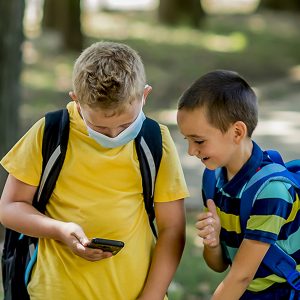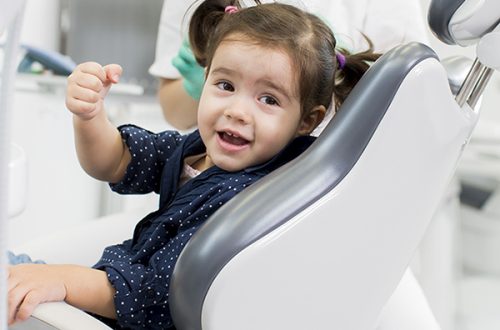Children are Parched for In-School Learning
By Lisa Catterall
 I’ve learned that terror doesn’t happen because some group of people somewhere like Pakistan or Afghanistan simply decide to hate us. It happens because children aren’t being offered a bright enough future that they have a reason to choose life over death.
I’ve learned that terror doesn’t happen because some group of people somewhere like Pakistan or Afghanistan simply decide to hate us. It happens because children aren’t being offered a bright enough future that they have a reason to choose life over death.
– Greg Mortensen, 2009
My feet were dry and dusty. The heat was almost unbearable, and the smell of untreated sewage rolled along the dirt parking lot in clouds. The wall around the school in West Africa was the same dun brown as the dried out earth around it, with sharp metal spikes on top and a chain link door. The guard in full, old-fashioned livery greeted me with a giant smile and ushered me into the courtyard.
An old house with an exposed foundation stood in the middle of the courtyard, with a mud colored building in back and a complex of small mud brick rooms with corrugated metal roofing in the front. I could smell burning trash and sewage as we walked up the steps. The teachers greeted me proudly and showed me their classrooms, where unfinished lumber made desks that sat three or four more kids than they should have. They undid three enormous padlocks, and showed me the school library, which contained all the textbooks our school community had carried over from America, six laptops, and a special server containing a vast number of academic documents, no internet needed. I had a suitcase full of Montessori preschool materials (we found many more ideas at the local market), textbooks, and 11 more laptops. It was 2008 and the third time I’d found myself trying to build a school in the middle of Africa, amongst impossible conditions on the outside, but lifted up on a plume of unquenchable human spirit on the inside. Children and teachers will cross an endless desert and sit in the dirt to drink from that fountain of education that is the only slake for our universal human thirst for learning.
The preschoolers were in the mud building out back. There were 40 students in a 12-foot by 12-foot room with no supplies, and the teacher was guiding them through a beautiful singing lesson.
In 1918, while most U.S. schools closed for four months to prevent the spread of disease, Boston schools did not close during the height of the deadly flu pandemic. In Boston, students and teachers sat bundled up, in icy cold open-air, with cups of hot liquid in their hands, and held class. In New York City, classrooms sprung up on rooftops and abandoned ferries, open to the very cold, but safe, outdoor air.
I once saw a teacher using a rock to draw letters in the mud for her three students, cut off from their distant school in Mali by the Niger River floodplain.
In the year 2020 in America, students and teachers are no less thirsty for knowledge. The assumption that we have become too soft to teach on dusty ground, in heat and cold, in the middle of nature, without our bulletin boards and supply carts and snack machines is false. Every day we hear about adults blowing up over mask requirements or giving up and throwing parties. Children want and need to be with their teachers every day, seeing their eyes and hand gestures and compassion in person. Schools are the center of their communities. In fact, after the 1918 pandemic, schools were articulated as such as the government reopened them with the new functions of food distribution and healthcare. Children need school, communities need school.Children are not so set in their ways that wearing a mask or sitting apart sends them over the edge. Teachers are so frustrated with the limitations of teaching through a screen that we will teach in the heat, ash, dust, and anything else the outdoors throws at us. Kids everywhere are thirsty to learn; it is the magic of being a kid. They can learn to be comfortable in conditions some adults can’t imagine, they are adaptable. My fervent hope is that our leaders in Santa Cruz County and beyond have the faith in our children and teachers, and in our community of thinkers, and in our amazing outdoor spaces, to allow learning to continue in person.
Lisa Catterall teaches STEAM, math, science, and art at Mount Madonna School and is a senior associate of the Centers for Research on Creativity. She lectures and trains teachers and administrators on innovation in education in Beijing, China. Lisa has five children and lives in Santa Cruz County.








